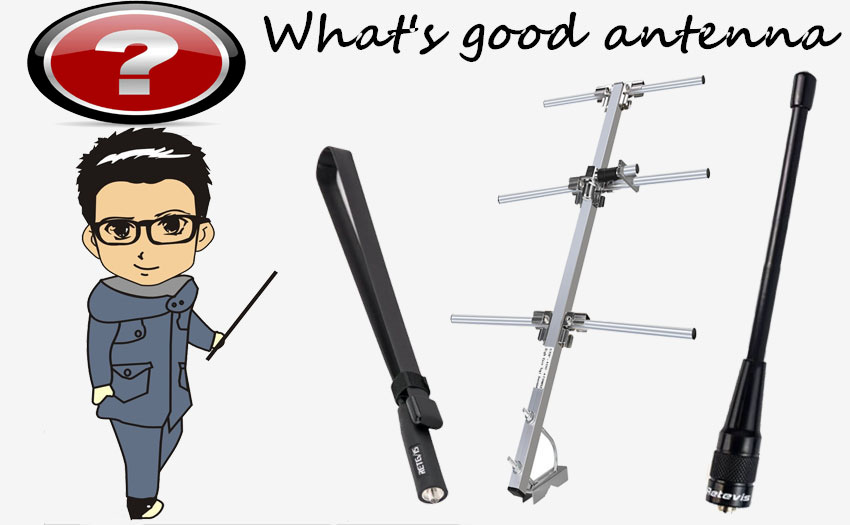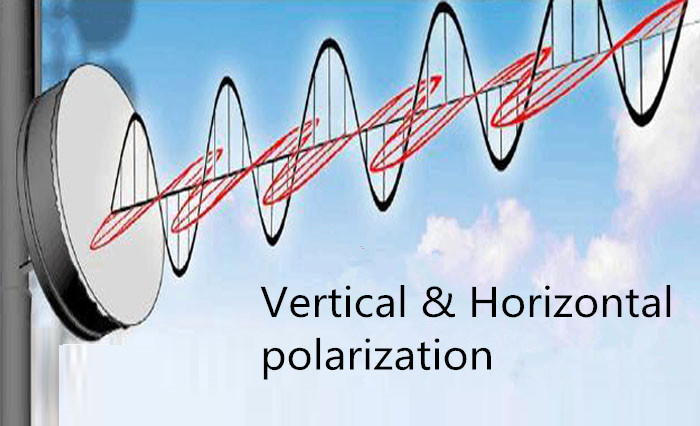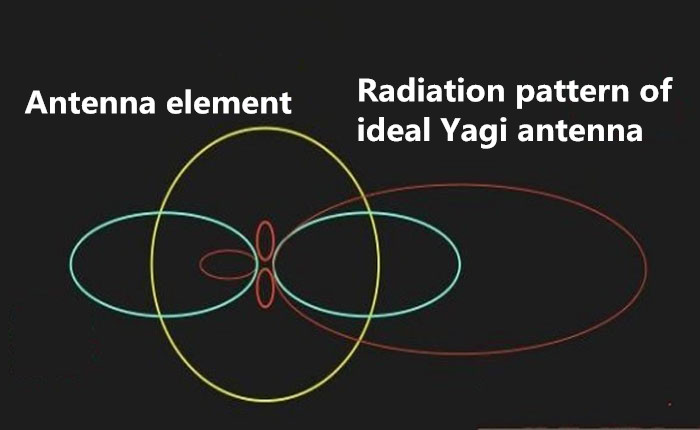+86 15093323284 hams@ailunce.com
What's the best antenna?

The antenna is the very important affecting factor of radio QSO, but what's the best antenna? there are some tips to provide we need to take into account.
Working Frequency of Radio
The first element of selecting an antenna must be useful. If our radio is U / V dual band tranceiver, then the antenna we choose is also preferably U / V dual band Antenna. Of course, it is possible to select a single band antenna within the allowable frequency range of the antenna. but if it doesn't work within the applicable range of the antenna, the radio may be damaged. On the other hand, it will also cause waste of resources.
Polarization Direction of Antenna
The polarization direction of the antenna is also the direction of electromagnetic radiation. The antennas we usually use are one of vertical or horizontal polarization. Horizontal polarization means that the antenna element is parallel to the ground, while the vertically polarized element is perpendicular to the ground. Therefore, the polarization way is very important to receiving of the line of sight communication. When polarization ways of the receiving and transmitting antennas are inconsistent, 20 dB or more power may be lost.

But if it relies on ionospheric propagation, such as F2, E layer, and so on, there is not much power to be lost. For HF band, the biggest difference is the "radiation angle". Usually a lower radiation angle of antenna has a longer radiation distance than a higher radiation angle one. Compared with a horizontal antenna, a vertically polarized of antenna has a lower radiation elevation angle. Unless the installation height of the horizontal antenna exceeds 1/2 of its minimum frequency wavelength, the radiation elevation angle of the horizontal antenna will be higher than that of the vertical antenna. Besides the installation height, the installation space is also much smaller than the horizontal antenna. Based on theoretical considerations, vertical antennas should be more practical, but the reality is that horizontal antennas are more popular. why? The first is the price. The total price of a dipole antenna and installation cost is $25 or less, while the price of most vertical antennas is at least $100. On the other hand, it is not susceptible to noise pollution.
Directional antenna

Directional antenna is an ideal antenna. The advantage is that the signal can be radiated in a certain direction to concentrate the transmitted power, and the configuration of directional antenna allows you to cut off or weaken the interference behind the signal direction you want to listen to. It's called "front-to-back ratio". An antenna doesn't only has a forward gain of 6dB or higher, and it can also weak the signal field strength behind by 20dB or more. So why not have one? The more realistic problem also is the price. This kind of antenna is a bit expensive, and it is usually installed in the air at least half a wavelength to obtain a lower radiation elevation angle. At the same time, it should be equipped with a rotating device to make this antenna really useful.
From above of all, the Elevated antenna is better than the low-erected antenna, and the large antenna is better than the small antenna.











